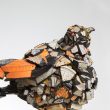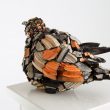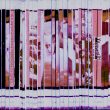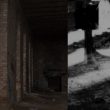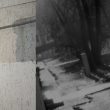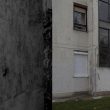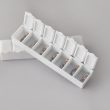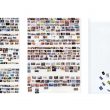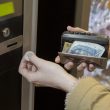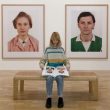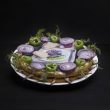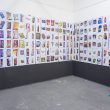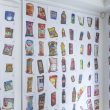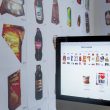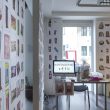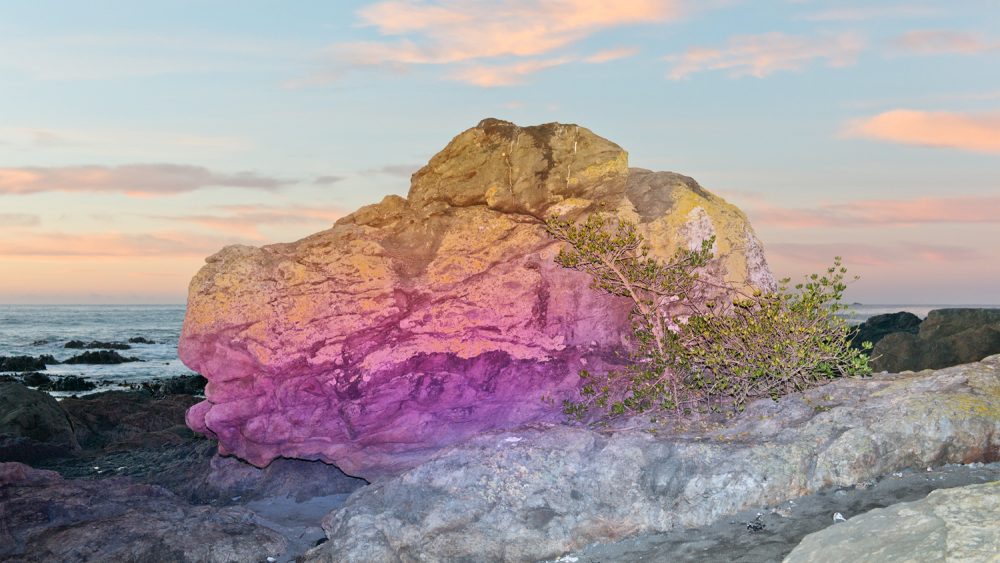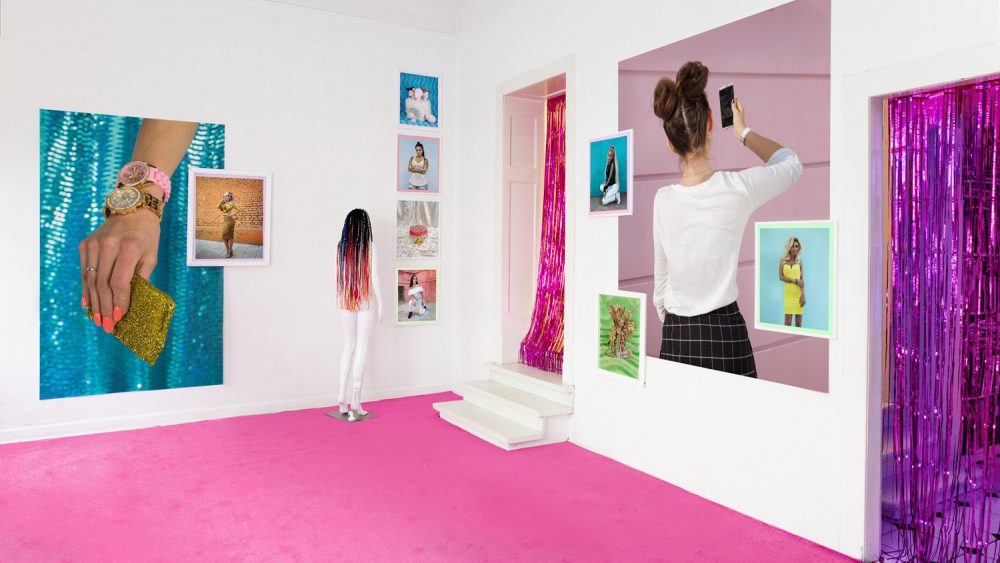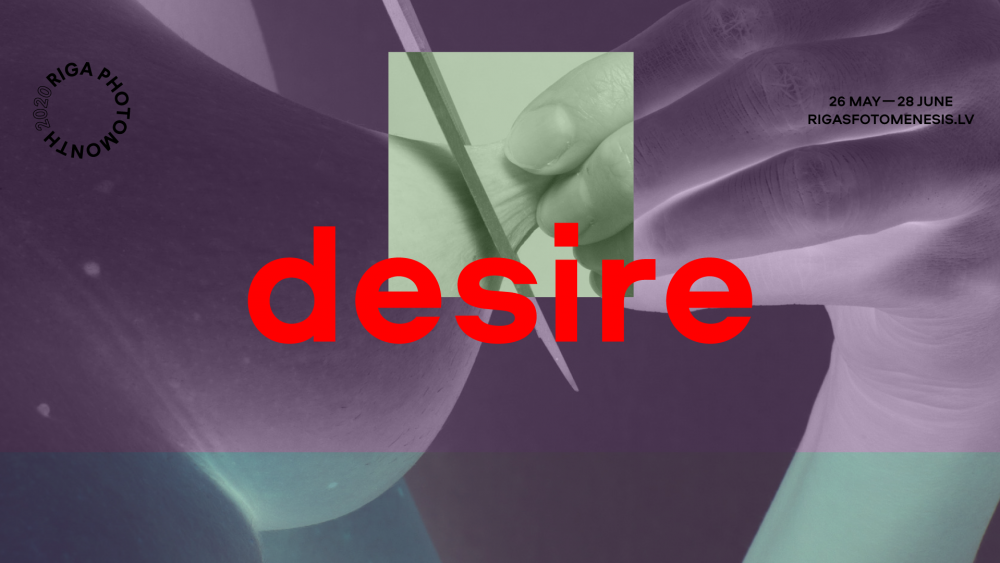Dóri Lázár
Dóri Lázár (1989) is a Hungarian artist, who has studied photography at the Metropolitan University Budapest and media design at the Moholy-Nagy University of Arts and Design. Her work Utopia/Dystopia, which consists of edible capsules, will be exhibited at the Riga Photomonth exhibition Eating Pineapples on the Moon, which runs until 16 June at the Museum of the Occupation of Latvia. Her work is based on formal experiments, and if it’s possible to objectify photography, then Dori has succeeded. Photography as a medium is considered to be both representative and objective, that is to say, culturally photography is considered to be linked with the authenticity of the depicted events, objects and personalities. Dori’s artistic gesture reaches the highest possible level of formalism by erasing the cultural association of photography by transforming it into edible capsules.
How would you describe your interest in photography? What is the uniting element in all your work?
My relationship with photography started out quite roughly, and it’s still a bumpy road, to say the least. Visual media weren’t my first choice since I used to make music and write before taking pictures. It all began with raw and pure admiration for the aesthetics of images. I am a simple girl after all. Later my attention shifted towards the meaning and I found the medium of photography very limiting. I got passionately angry with photography when I noticed its flaws for the first time and now I am still in the process of acceptance. I studied at the Photography Department where I had the luck of getting a very progressive art education, which led me not to commit to any medium even though photography will always have a special place in my heart, but I want to stay medium-free. Usually my main intention is to find the right medium to every topic that I deal with in my projects. And since I’m a bit mad at photography I also like to push the boundary of the medium while investigating and experimenting.
I am a fan of the Gestalt psychology principles. “The whole is something else than the sum of its parts” – Kurt Koffka wrote. I like to work with small elements and ingredients and think about my projects like they’re building up to something, becoming a whole when the viewers contextualize it in their own head. For instance, my work that you can see in Riga builds up from tiny fragments, which hold information on their own but have a different meaning when combined, too. Unlike most art practices nowadays I tend to reflect on every important problem or topic; I can’t really stick to just one topic.
Can you tell us a bit about the work we will see in Riga?
I was truly fascinated by the term ‘media consumption’ and I like how the consuming of information has become just another part of capitalism. So I collected every image that I could find on an online news portal in a given day for a week. I shrank them down so I got a lot of teensy-tiny pictures. Then I printed these images with edible ink on edible paper, cut them out and filled capsules with them, one capsule for every day for a whole week. Each capsule contains about 40 photos, 10 mm x 5 mm each. In the product picture, you can see a week’s portion in a pill organizer. I also like the idea how people have this urge to own different views via making images when I think about tourists who photograph famous buildings, for example. Wanting to get information and to own information by consuming a pill containing compressed images is a very strong connection, since you literally put the pill in your body, physically. During the making of the work, when I held the capsules I had these haunting dystopian images in my head. I kept thinking about how easy it would be to control one’s mind. I feel like I sounded like a conspiracy theorist just now. I didn’t mean to. I tend to make work where I use the tool of appropriation, something which I find really expressive when I talk about simulacra.
How many images are you consuming daily?
Way too many, just like everybody does nowadays. But I have a cheesy excuse I can tell to myself whilst doing so: this is my job so I have to do the dirty work! I really enjoy it most of the time though.
You seem to be very productive. What is your usual creative process?
In my head I am a very strict and cold and distant parent that I want to impress. It’s very hard so I became kind of restless and I forced myself from time to time. I don’t really like lazy artists saying “you cannot really force art to happen”. You sure can, it will be an awful experience but usually the magic happens if you work hard enough for it. I feel like I have things to say. So I have to do my best to articulate my arguments. But I also find relevant to give myself enough time when it comes to thinking about ideas. That is my favorite part of the process. That and research.
I also really like to discuss my ideas with different people and I like working with people. I used to make music in a band so I really miss teamwork in the visual arts field. When I make art, creating a discussion with/between people is my primary role so I like to take time and consult about my idea with as many people as possible.
What are you working on at the moment?
My main topics recently are the possible forms of protest and the possible ways of communication between the state and its citizens, since these have become the issues in my country. I also made an object together with my husband in my last residency, which deals with the topic of war and peace. We collected clay pigeon pieces and glued those together so it resembles a peace dove.
Nowadays by day I mostly teach photography and art in two schools which makes me quite busy but by night I have my so-called me-time (as Instagram influencers would say), when I can work. As for now, I really enjoy working at night. I will sleep later.

